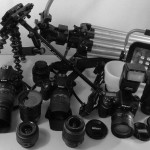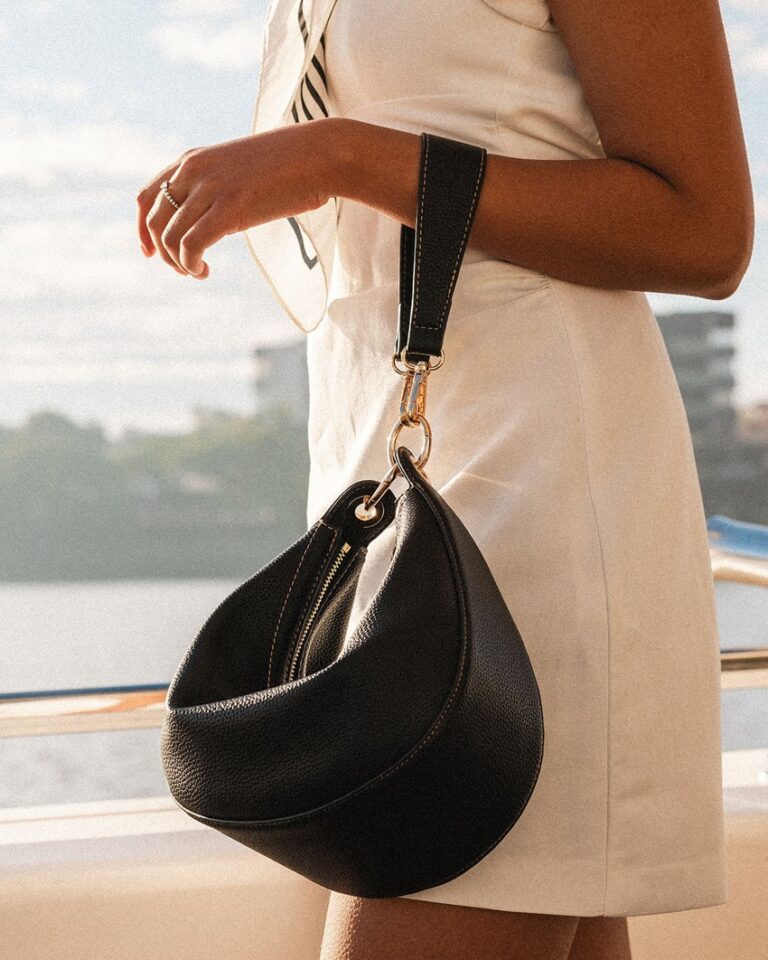If you want to successfully complete your next needlework project, you must be picky about the yarn you use. Different yarns have different fibre properties that make some of them better than others for different projects. With this in mind, there are a few factors that every knitter should consider when choosing a type of yarn.
Merino Wool
Merino wool is a kind of wool derived from Merino sheep. The softness of the natural fibre is highly valued, and the wool is exceptionally fine. While conventional wool is notoriously irritating, merino wool is one of the softest types of wool that does not irritate the skin. This is due to the fine merino fibres’ tiny diameter, which makes it more flexible and malleable, and hence less irritating.
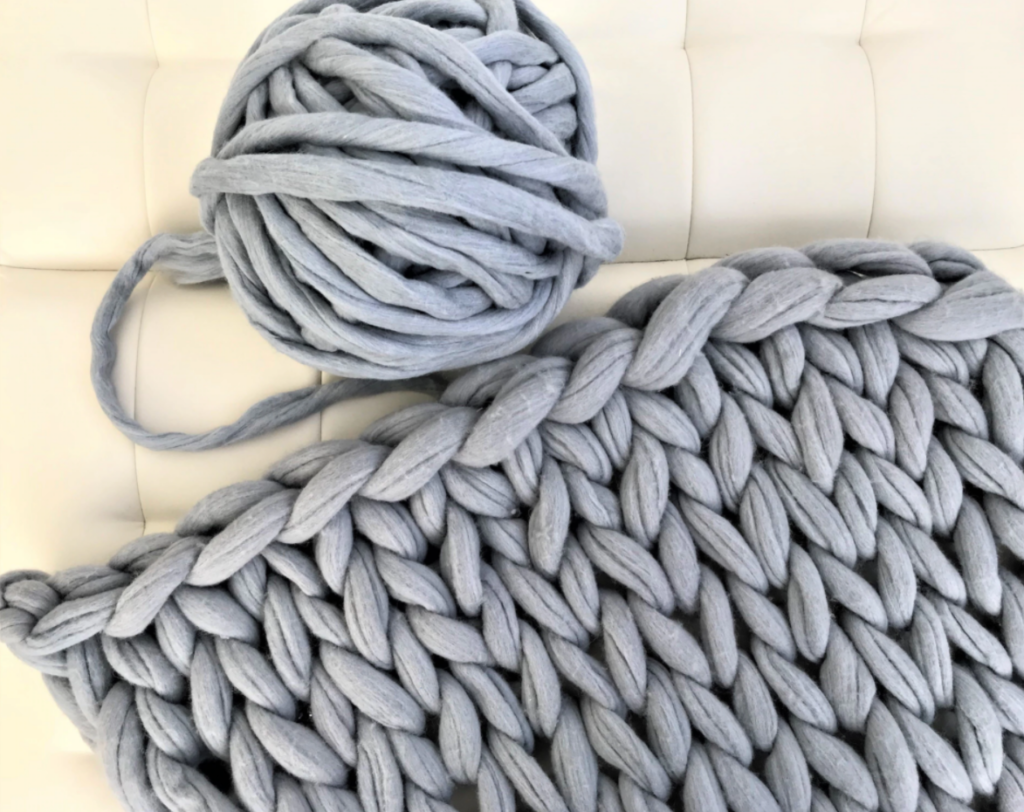
Merino flocks first appeared in southern Spain in the twelfth century, contributing to the local economy mostly throughout the fifteenth and sixteenth centuries. The first flock of merino sheep was introduced to Australia in 1797, and selective breeding of merino wool sheep in the country resulted in an even finer variant of the wool known as Australian merino. Today, Australia and New Zealand still produce the majority of the world’s merino wool.
By providing good insulation, moisture-wicking capabilities and anti-static qualities, merino wools are the ideal yarn to buy for all of your future projects. It is considered a luxury material that is commonly used in sweaters, socks, and outdoor wear due to these properties. Merino wool is ideal for athletic socks that keep feet dry, as well as winter socks that keep feet warm in cold weather.
It is used to make a variety of hiking, climbing, and other sporting clothes. Frequently used to knit hats, scarves, and gloves because the fibre keeps the body temperature regulated, it’s also a desirable fabric for all types of outerwear. This includes hoodies and wool coats because the fabric is perfect for keeping you warm without overheating.
Alpaca Wool
Alpacas are members of the camel family and resemble a miniature llama or a camel minus the humps. Alpacas create a very soft and silky fibre, that was highly treasured by the Incas and was only used to make garments for royalty back in the day. Because alpaca has no lanolin and is hypoallergenic, it is suited for even the most delicate skin. It’s a ball of thicker wool, making it ideal for winter apparel and accessories. If you are on the look for an even softer yarn, baby alpaca is the way to go, as it is derived from the first shearing from an alpaca baby.
Alpaca wool offers several advantages, like being soft, warm, and itch-free, as well as hypoallergenic, resilient, and easy to clean. Alpaca wool is not only beneficial for the wearer, but it is also beneficial to the environment due to its biodegradable, animal-friendly and natural properties.
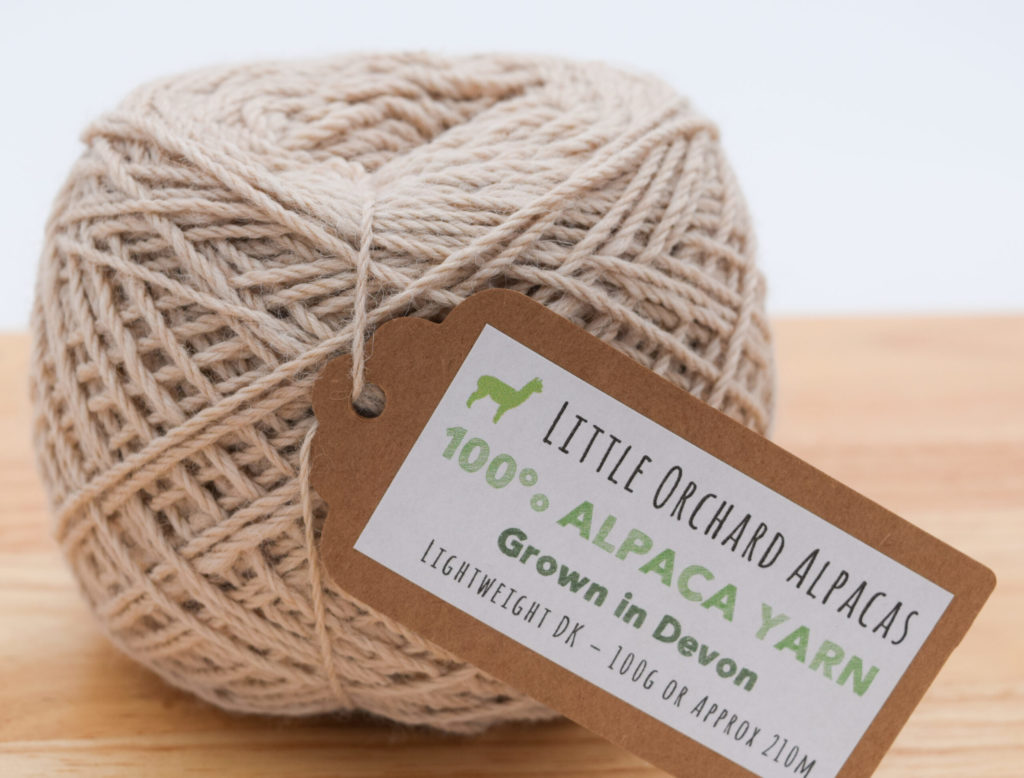
Although alpaca wool can be used for knitting like the versatile merino wools, it does take some time to use it properly. Alpaca yarn is ideal for knitting tunics, sweaters, dresses, and other garments with a seamless pattern. Double-stranded knitting may be used to make hats, scarves, and blankets. Because alpaca wool has a smooth texture, it might be tricky to knit with when using certain needles. In general, you can knit with any type of needle, however wood or bamboo needles will assist keep the wool from falling off.
Silk Wool
Silk yarn is a lovely fibre to work with. It’s silky, smooth, and elegant. While silk is excellent for knitting, it is a fragile material that requires extra care – more than the practical merino wools and alpaca wool. Silk is classified as an animal fibre because, while it is neither combed nor sheared from an animal, the fibres are sourced from an animal, the silkworm cocoon.
Silk can be obtained from two sources: cultured silkworms given a consistent diet of mulberry leaves, or cultivated silkworms discovered in the wild, which yields a coarser silk fibre. Silk yarn has several obvious benefits, but it also has a few drawbacks that knitters should be aware of.
It’s an excellent fabric for lightweight tops, shawls, and blending with other fibres to provide a lovely shine and lustre. But it’s not a good choice for items that will be used and washed often, such as dishcloths, children’s apparel, hand towels, and so on. Silk isn’t an excellent choice for these sorts of projects because it gets inherently weaker when going through multiple washes.
Bamboo Wool
Bamboo yarn isn’t called “vegan silk” for nothing. This plant-based fibre has the shine, softness, drape, and great hand that are hallmarks of silk — one of the most valuable fibres of all time. The lack of animal fibre is not only beneficial for individuals who are vegan friendly, but it is also ideal for those who are allergic to protein-based fibres such as wool. With a long list of positives that make it a good choice for many knitting projects, bamboo fibre is a unique two in one material.
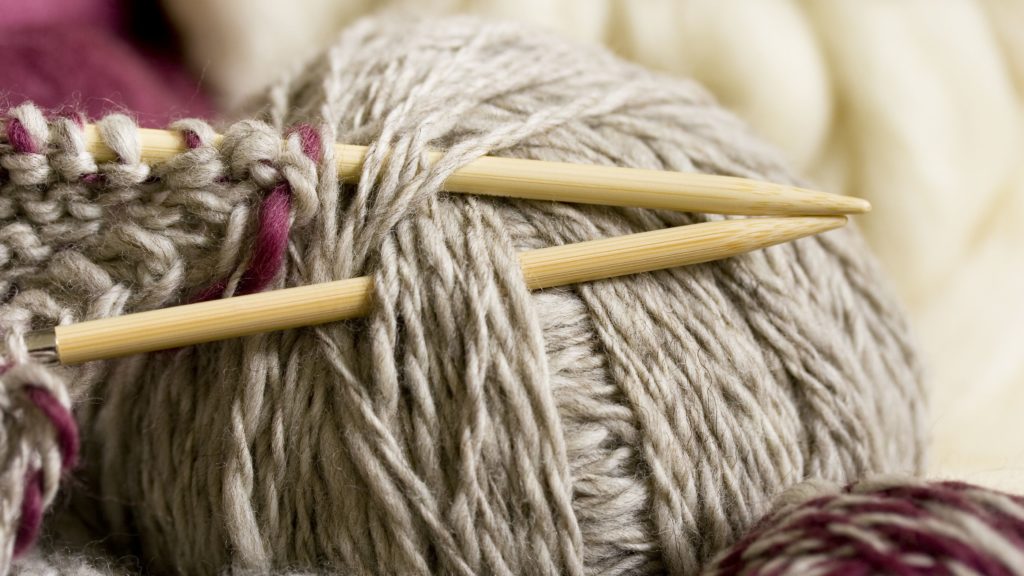
Bamboo is both lightweight and resilient, keeping you cool in summer and warm in winter. There is also an antibacterial characteristic that makes any bamboo shirts and sweaters a bit more sanitary. Some bamboo yarns may have a silky shine and feel soft and smooth. Others may have a cotton-like texture and feel sturdy and durable. Both are bamboo yarns, but the fibres have been treated and spun in various ways, which influences the finished yarn.
The Yarn’s Weight
The thickness of the yarn is referred to as its yarn weight. It ranges from extremely fine to quite massive. There are six main yarn weight categories, and the various weights of yarn should yield a reasonably predictable number of stitches when used with a specified needle size. The greater the number, the heavier the yarn and the fewer stitches per inch, however, ply does not necessarily correlate to yarn weight.
When you decide to knit or crochet a project, the pattern will usually specify the yarn weight. If you use a large yarn in a pattern designed for a smaller yarn, your item will be considerably larger than planned and may be difficult to use or wear. This is another gauge element, which is why we usually talk about gauge and how to make a gauge swatch.

